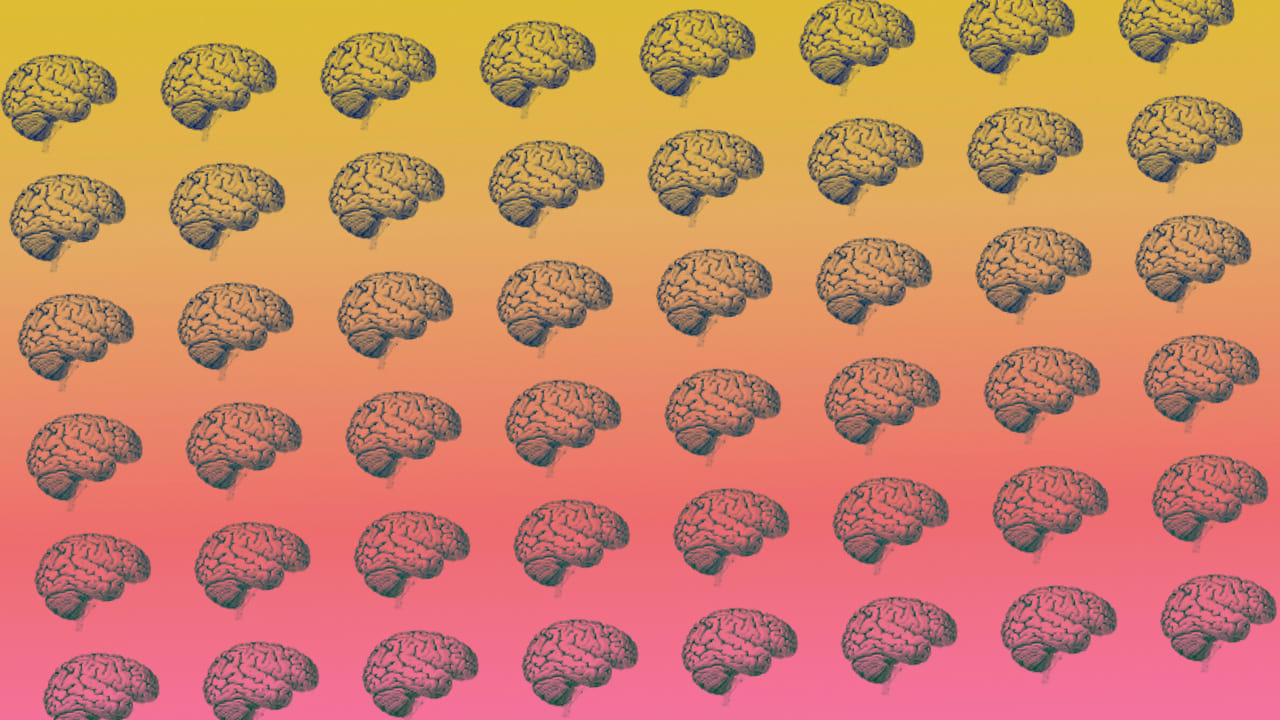On the corner of the street where I live in New York, there’s an ornate red pole. It’s an old police and fire call box–once important, now faded and obsolete, but still quite splendid. It’s certainly the most interesting sight around that particular intersection. But even though I’ve walked past it hundreds of times, until yesterday, I’d never noticed it before.
It’s at moments like this that I get a hint of something I know to be true but sometimes still find hard to accept, which is that I’m missing things all the time. I fail to hear things that are said to me and am blind to much of what happens right in front of me. And so are you.
The truth is that we’re all experiencing an incomplete version of reality. Understanding why isn’t just the first step toward widening the range of things and experiences you’re able to perceive, it’s also the key to reinvigorating your mood on days when nothing seems to be going right.
The reason any of us ever only perceive a small fraction of reality is because the conscious part of the brains–the part you’re using to read this article–is so short on capacity that it can only process a limited amount of information at any given time.
If you fixated on the details of everything around you right now (every sensation in your body, every fiber of your clothes, every sound in the room, every contour of each object), your brain would freeze like an overloaded computer, and you wouldn’t be able to get anything done. So to cope with the complexity of the world, the brain has a neat solution: It makes sure that you notice whatever seems most relevant, and it filters out the rest without you realizing it. It’s a phenomenon known to scientists as “selective attention.”
What’s more, there’s a pattern to the things that do get your attention. What your brain treats as relevant enough for you to notice is whatever matches what’s already top-of-mind for you: your priorities, mood, and expectations. That’s why a Harvard study found that most radiologists failed to see a gorilla printed on a lung scan, even though eye-tracking devices showed that they looked directly at it. The radiologists were looking for nodules, not gorillas–so their brains filtered out the “irrelevant” monkey altogether.
In another study, researchers contrived to put volunteers in a slightly good or bad mood by giving them random positive or negative feedback about their performance on a minor test. After that, the volunteers were told to read neutral descriptions of fictional people. The happier volunteers were significantly more likely to see the people described in a positive light, compared with those who’d deliberately been put into a funk. In yet another study, researchers found that people looking at a black-and-white picture of a banana perceived it to be slightly yellow. Their brains expected that color, so that’s what they saw.
As the variety of perceptual responses found in those studies suggests, there’s more than one kind of selective attention: Either we’re blind to things we aren’t looking for (“inattentional blindness”), or we seek out evidence that confirms our expectations while ignoring everything else (“confirmation bias”).
The implications of this are pretty huge. It’s not just that we might occasionally fail to appreciate cool neighborhood architecture. Our entire perception of reality can be strongly influenced by our starting point–good or bad–because our brain automatically makes sure that we see and hear anything that resonates with our aims, attitudes, and assumptions. Meanwhile, it downplays everything else.
So no wonder we sometimes have “one of those days” when everything and everyone seems annoying. Start the day in a bad mood–perhaps because of a tough commute or a spilled coffee–and there’s a good chance you’ll go on to notice every potential source of aggravation while ignoring a lot of what’s good about the day. People might well have been perfectly friendly to you, but your brain will tend to filter out signs of cheeriness in order to make sure you register every single scowl and frown.
But this presents us with a big opportunity. Because if we’re more deliberate in setting our priorities going into the day, or as we walk into an important conversation, we get to tweak the settings on our brain’s perceptual filters. Put bluntly: Decide a meeting’s going to be a drag, and you’ll prove yourself right. But if you decide to find something interesting about a certain interaction, you’ll be less likely to miss the one gem that presents itself halfway through.
This isn’t airy-fairy “positive thinking.” You can’t necessarily make a terrible day an awesome one. But if you take a moment to set some clear intentions (as I call them), you can change your brain’s attentional filters—and the facts can appear to change with them.
Here’s a quick intention-setting routine I like. It takes just a few seconds as you head into a task or interaction that you’re worried might prove unpleasant.
- Get clear on your real aim: “What really matters most in making this a success?”
- Check in with your attitude and assumptions: “What’s on my mind? If that’s not going to help me achieve my goal, can I set that aside for now?”
- Decide where to focus your attention: “So what do I most want to look out for?”
And yes, you can even apply this to your commute. Decide to notice things that make you smile on your way to or from work–and you’ll miraculously find your reality a more delightful place to be.
Caroline Webb is the author of How to Have a Good Day: Harness the Power of Behavior Science to Transform Your Working Life (Crown Business, Feb. 2016) and is CEO of Sevenshift, a firm specializing in science-based coaching.
Originally published at www.fastcompany.com


